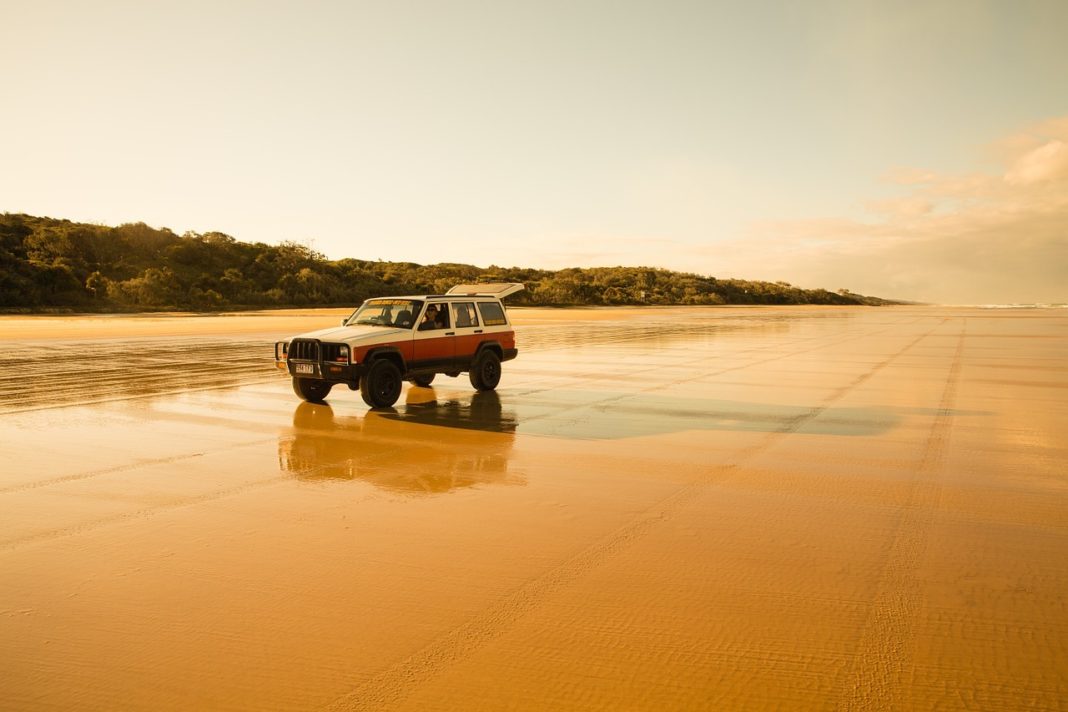As the largest sand island in the world, Fraser Island’s landscape is dominated by vast stretches of pristine white sandy beaches and towering sand dunes. These dunes can reach heights of up to 240 meters and are continually shaped by wind and water currents, creating an ever-changing landscape.
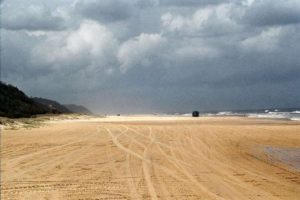
Seventy-Five Mile Beach spans approximately 75 miles along the eastern coast of Fraser Island, hence its name. It serves as both a major thoroughfare for vehicles traveling around the island and a stunning natural attraction in its own right.
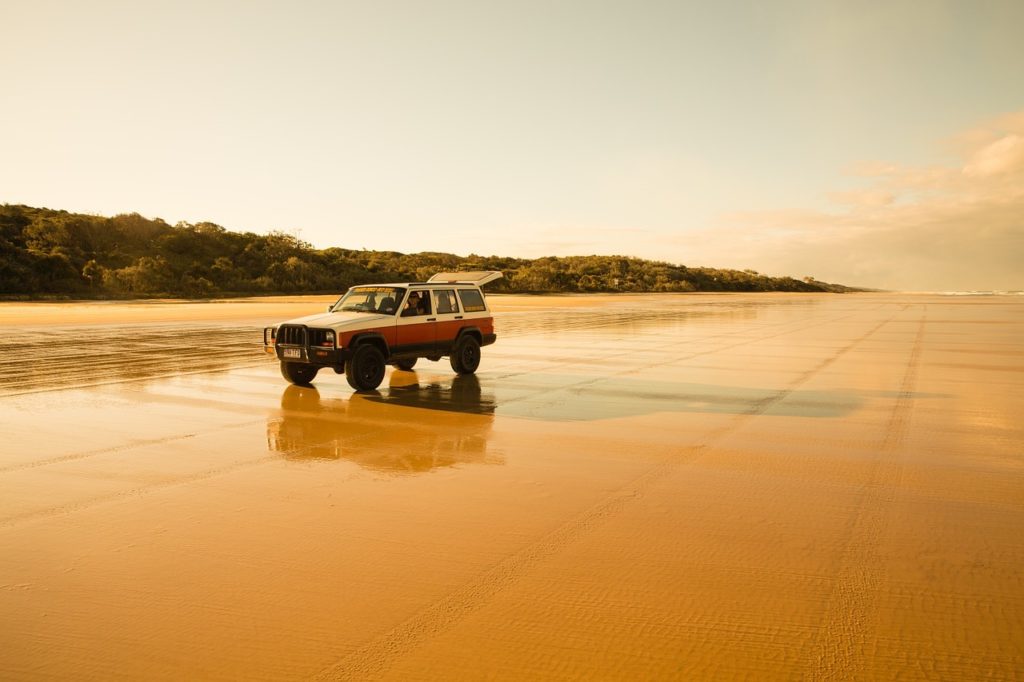
Fraser Island’s coastline is littered with historic shipwrecks, adding to the island’s unique charm and intrigue. These wrecks, including the Maheno and the SS Dickey, serve as reminders of the island’s maritime history and provide opportunities for exploration and photography.
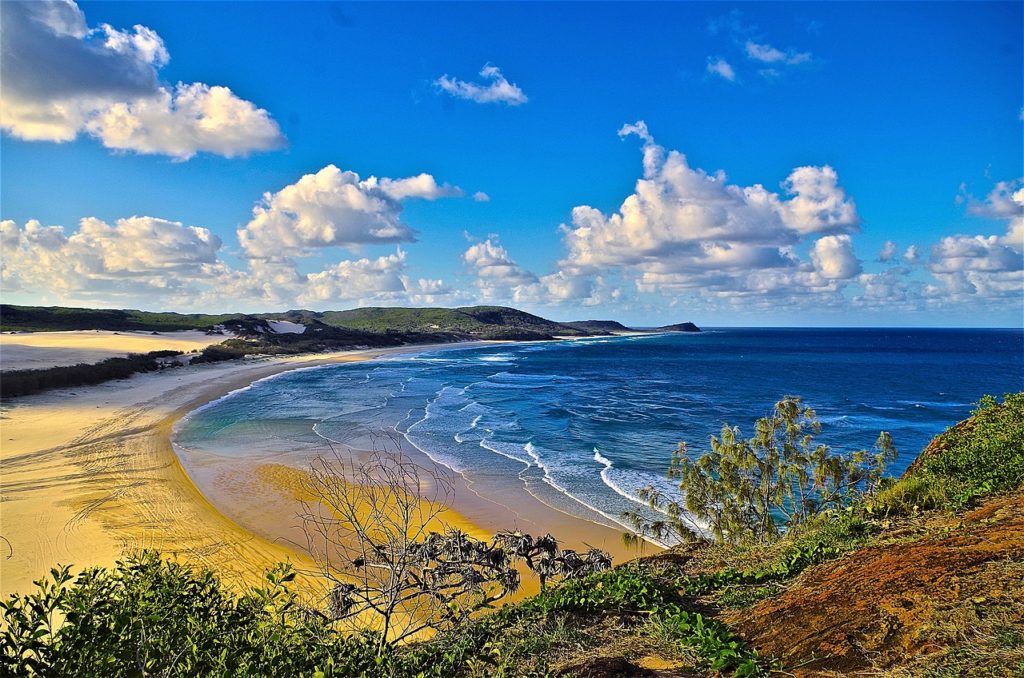
Despite being primarily composed of sand, Fraser Island is also home to lush and ancient rainforests. These rainforests thrive in the island’s sandy soil, creating a striking contrast against the coastal dunes. The rainforests are rich in biodiversity, hosting a variety of plant and animal species found nowhere else in the world.
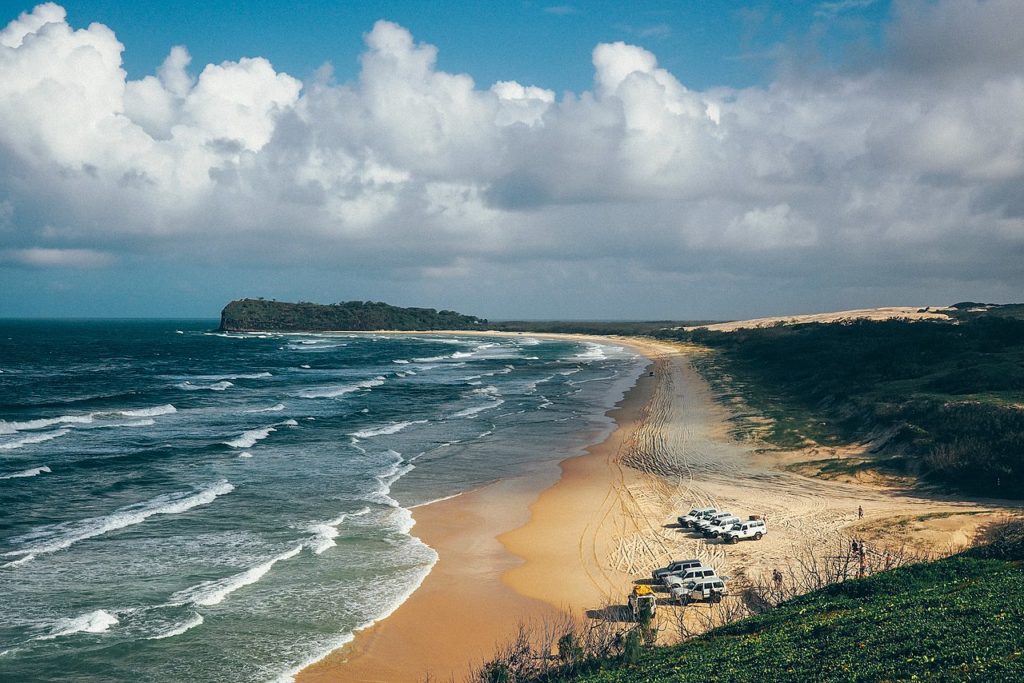
The island is also significant for its cultural heritage, as it has been inhabited by Aboriginal people for over 5,000 years. The Butchulla people are the traditional owners of the land and have a deep spiritual connection to the island.
According to the Internet





